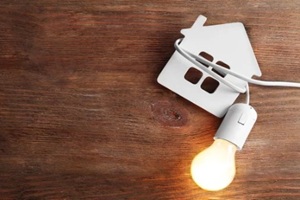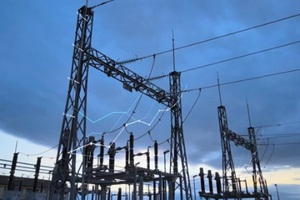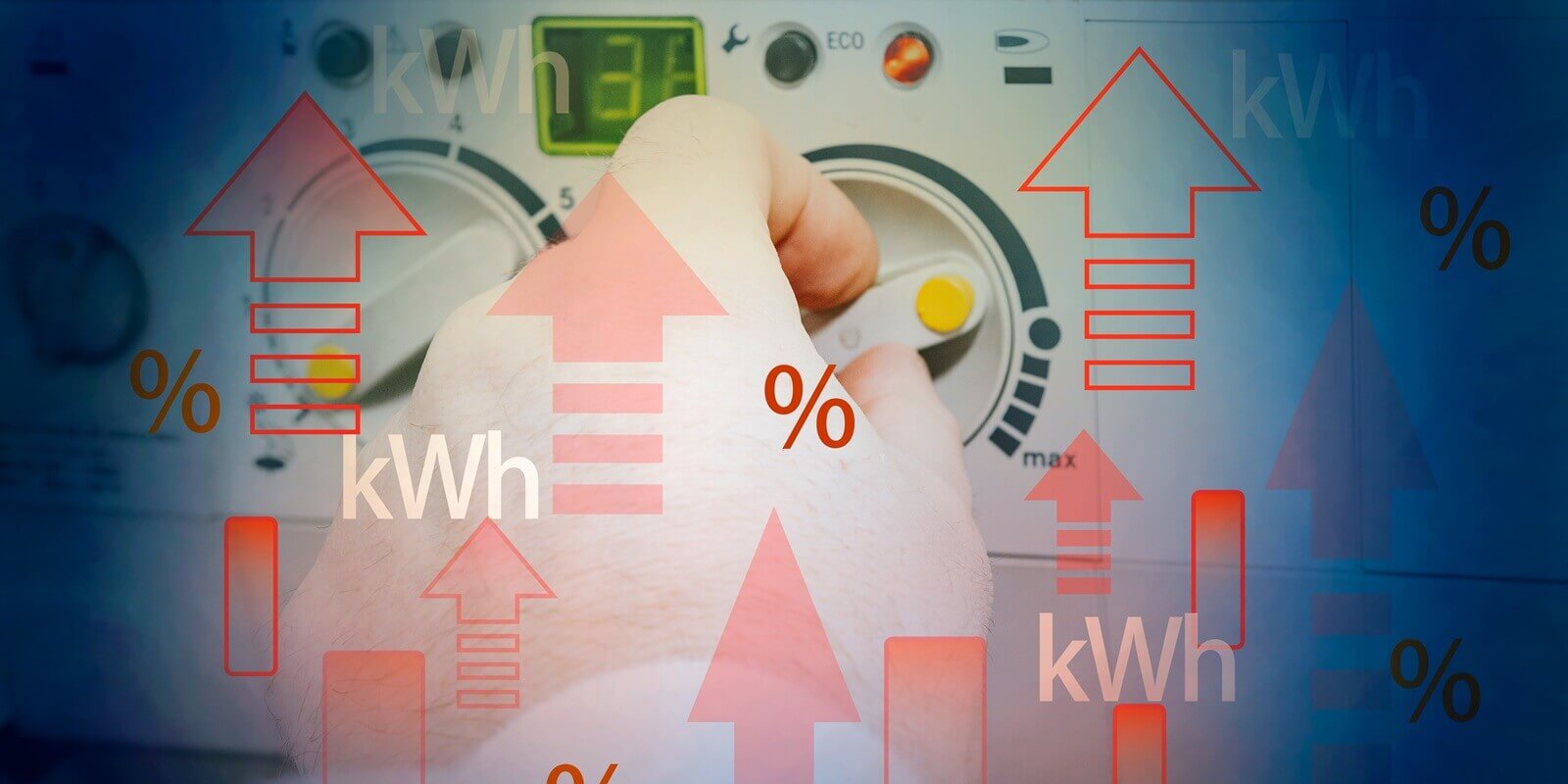PEPCO is one of Maryland’s primary utility suppliers, and similar to most major suppliers, the average price of its monthly utilities has been steadily rising. According to the OPC, delivery charges alone have increased 33% since 2020. Infrastructure costs, inflation, and changing energy standards impact utility costs; when business owners notice these rising prices on their PEPCO bills, they wonder if there’s anything they can do to control them.
This article aims to help business owners avoid surprises with their rising utility costs by breaking down a PEPCO utility charge that is distinct to commercial operations: demand charges. These charges are hidden increases that every business owner should know about in order to take control of their monthly bills.
What is a Demand Charge?

Demand charges are not listed explicitly on a PEPCO bill. Business owners need to recognize the difference between supply and delivery charges to determine which aspects of the bill they affect.
Supply charges describe the cost of producing the electricity, including transmission and generation services and the “energy charge,” calculated by the kWh the business uses. Delivery charges are the costs of delivering the electricity to the building(s), including the franchise tax, distribution services, and state-regulated surcharges.
Demand charges, also known as “Billing Demand,” are calculated by multiplying the highest rate of electricity use during that month, usually over 15 or 30 minutes (measured in kW), by the current rate of $/kW. This means that a significant spike in power usage can dramatically increase that month’s PEPCO bill, even if overall energy usage wasn’t as high.
Why Do Demand Charges Increase the Bill?
Many business owners wonder why a spike in power usage would increase their utility bills at a higher rate than using the same amount of electricity evenly throughout the month. Peak loads strain infrastructure, such as power plants and transmission lines, accelerating maintenance timelines and increasing the risk of outages.
Added infrastructure investments may be needed to raise the system’s maximum demand or initiate repairs after an outage. To recover the costs of this infrastructure, power companies include demand charges in the bills of customers who push the grid to its peak demand. The higher the power spike at the business’s peak power usage, the larger the share it will have to pay for these peak charges each month.
In addition to recouping costs and equitably spreading out the charges, PEPCO also incentivizes more sustainable energy usage through demand charges. This motivates business owners to find ways to lower simultaneous power drains and put less strain on the grid by avoiding pushing it to its peak demand.
What Can Business Owners Do to Prevent Demand Charges?

The best way to prevent demand charges is to reduce or avoid spikes in power usage. The appliances and applications with the largest power requirements differ depending on the industry and the individual business. The biggest culprits are the machines and appliances that are always on, such as AC running in buildings and warehouses, freezers, or manufacturing equipment.
Reducing energy expenditures on essential equipment can be difficult, especially for businesses with large productions requiring simultaneous uptime. Businesses should consider ways to conserve power, such as investments in energy conservation systems and behaviors, including:
- Investing in solar energy installations, which offset power grid usage with sustainable energy
- Leaving lights and devices off when not in use to decrease the “phantom load” of power usage throughout buildings
- Upgrading outdated or inefficient appliances to more efficient and compliant ones
- Separating tasks when possible, such as by staggering production times and equipment use
- Investing in energy management, such as through smart temperature meters and real-time monitoring systems that can alert managers about potential spikes
- Leveraging battery backups, which can offset on-grid power demands during peak usage times to reduce spike levels
- Turning off phantom power drains when possible, such as by setting smart temperature controls in buildings and warehouses, depending on occupancy
- Invest in energy-efficient windows and door seals to prevent energy loss
- Train staff on energy awareness procedures, such as by establishing rules about idle machinery usage and limiting the simultaneous use of high-demand devices
Any changes that can reduce overall power consumption can also reduce demand charges by preventing or lowering power spikes.
Modern Energy Solutions Can Reduce PEPCO Bill Demand Charges

With PEPCO bills rising yearly, reducing or preventing demand charges could benefit business owners significantly. At Energy Select, our team provides energy analyses, energy improvement programs, solar panel installations, HVAC tune-ups, and smart thermostats to help business owners reduce their overall and peak power usage.
Contact our team today for an instant solar estimate and to schedule a commercial energy analysis to identify the causes of your organization’s high-demand power usage.


